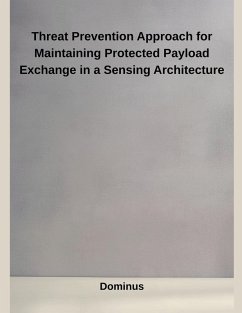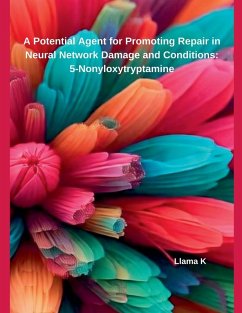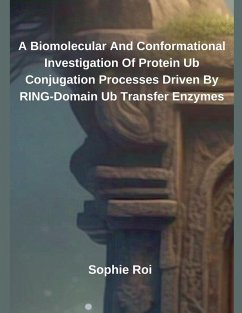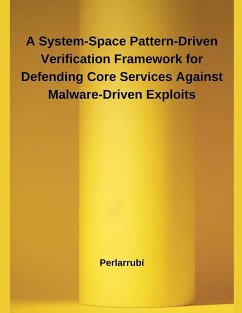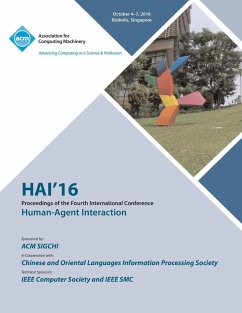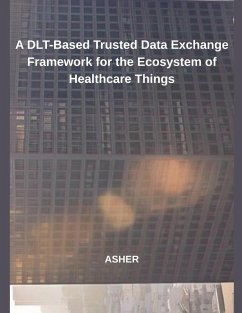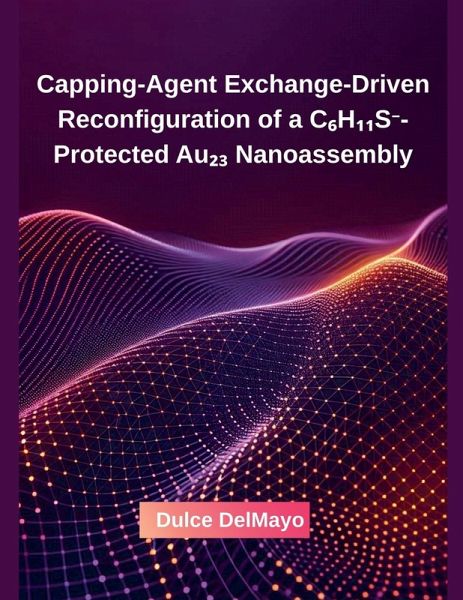
Capping-Agent Exchange-Driven Reconfiguration of a C¿H¿¿S¿-Protected Au¿¿ Nanoassembly
Versandkostenfrei!
Versandfertig in 1-2 Wochen
29,99 €
inkl. MwSt.

PAYBACK Punkte
15 °P sammeln!
Metal nanocluster, a subunit of metal nanoparticles found in the size regime of less than 2 nm, has recently gained much attention. lt is due to the unique physicochemical property arising from it caused by the strong quantum confinement effect and chemical interaction between the metal ions and ligands. The organic ligands such as thiol, amine, or phosphine based can stabilize these metal cores for bringing this bare metal cluster into the solution phase for practical application. Among these, thiolate-protected gold nanocluster started blooming in the nano-chemistry field. The achievement of...
Metal nanocluster, a subunit of metal nanoparticles found in the size regime of less than 2 nm, has recently gained much attention. lt is due to the unique physicochemical property arising from it caused by the strong quantum confinement effect and chemical interaction between the metal ions and ligands. The organic ligands such as thiol, amine, or phosphine based can stabilize these metal cores for bringing this bare metal cluster into the solution phase for practical application. Among these, thiolate-protected gold nanocluster started blooming in the nano-chemistry field. The achievement of atomic precision by establishing a total synthesis route and advancement in total structure determination of thiolate-protected gold nanocluster has made this material a dependable platform for understanding the structural evolution or growth mechanisms. lt also has expanded the library of thiolate-protected gold nanoclusters. This chapter briefly discusses thiolate-protected gold nanoclusters, including their synthesis, structural importance, and structure-property correlation.



